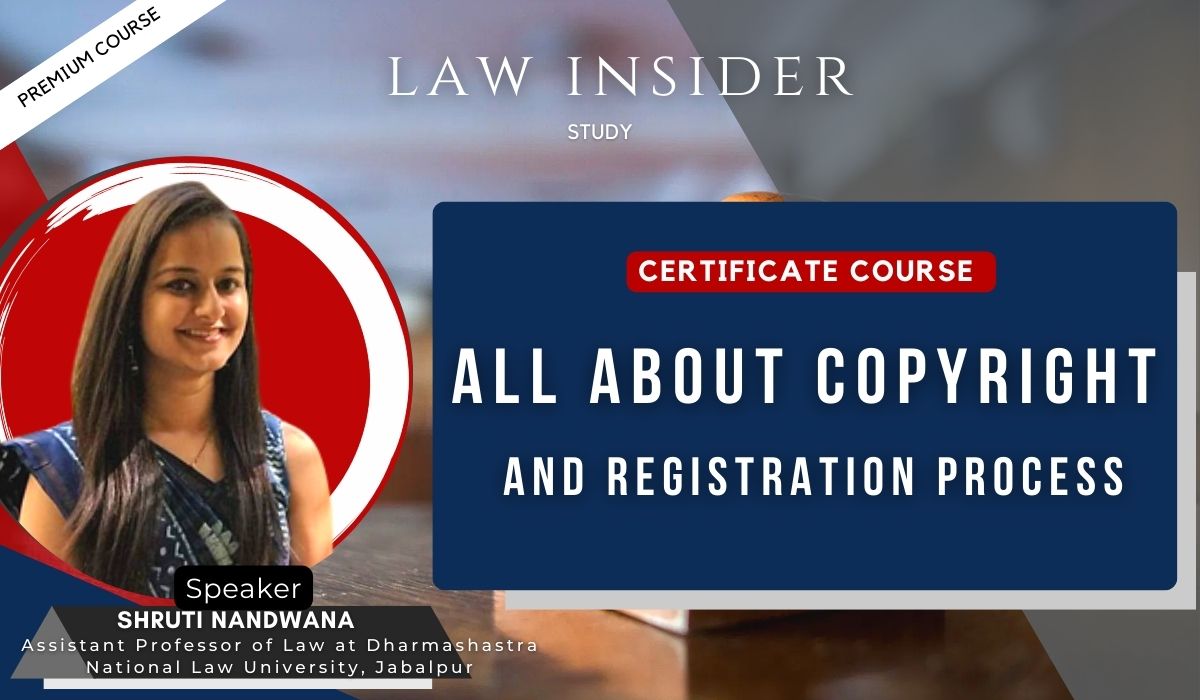Copyright is a type of intellectual property that protects original works of authorship as soon as an author fixes the work in a tangible form of expression. In copyright law, there are a lot of different types of works, including paintings, photographs, illustrations, musical compositions, sound recordings, computer programs, books, poems, blog posts, movies, architectural works, plays, and so much more!
Copyright is originality and fixation
Original Works
Works are original when they are independently created by a human author and have a minimal degree of creativity. Independent creation simply means that you create it yourself, without copying.
The Supreme Court has said that, to be creative, a work must have a “spark” and “modicum” of creativity. There are some things, however, that are not creative, like: titles, names, short phrases, and slogans; familiar symbols or designs; mere variations of typographic ornamentation, lettering, or coloring; and mere listings of ingredients or contents. And always keep in mind that copyright protects expression, and never ideas, procedures, methods, systems, processes, concepts, principles, or discoveries.
Fixed Works
A work is fixed when it is captured (either by or under the authority of an author) in a sufficiently permanent medium such that the work can be perceived, reproduced, or communicated for more than a short time. For example, a work is fixed when you write it down or record it.
Copyright exists automatically in an original work of authorship once it is fixed, but a copyright owner can take steps to enhance the protections. The most important step is registering the work. Registering a work is not mandatory, but for U.S. works, registration (or refusal) is necessary to enforce the exclusive rights of copyright through litigation.
Timely registration also allows copyright owners to seek certain types of monetary damages and attorney fees if there is a lawsuit, and also provide a presumption that information on the registration certificate is correct.
Copyright registration also provides value to the public overall. It facilitates the licensing marketplace by allowing people to find copyright ownership information, and it provides the public with notice that someone is claiming copyright protection. It also provides a record of this nation’s creativity.
There is only one place to register claims to copyright in the United States: the Copyright Office. For more information on registration benefits and procedures, please see our Copyright Registration Circular.
COURSE OBJECTIVE:
- Learn why you need copyright protection.
- Case Study of important Landmark cases.
- Procedural aspects of Copyright Registration.
- Learn about Appeals and Proceedings.
COURSE OUTLINE:
The detailed Course outline is as follows:
SESSIONS DETAILS:
Session 1 on 23rd July
- Why you need Copyright Protection.
- Subject Matter & Term/Interpretation
- Sec: 12. Powers and procedure Appellate Board
- Ownership and Rights
- Term/Termination
- Requirement for copyright registration
Session 2 on 24th July
- Registration of Copyright – Procedure
- Infringement of Copyright
- Major Offences
- Appeals
- Proceedings
- Remedies for Infringement
COURSE SUGGESTED FOR:
Legal Professionals/Advocates
Law Students
IPR Lawyers
Copyright Lawyers
QUESTION AND ANSWER SESSION:
Question and Answer session will be there after every session.
SPEAKER:
MS. Shruti Nandwana
She is an Assistant Professor of Law at Dharmashastra National Law University, Jabalpur. She has Specialisation in Corporate Laws, Securities Laws and Intellectual Property Laws.
CERTIFICATE DISTRIBUTION:
Certificate will be issued after 48 Hours of Successful completion of Course.
Event Concluded

